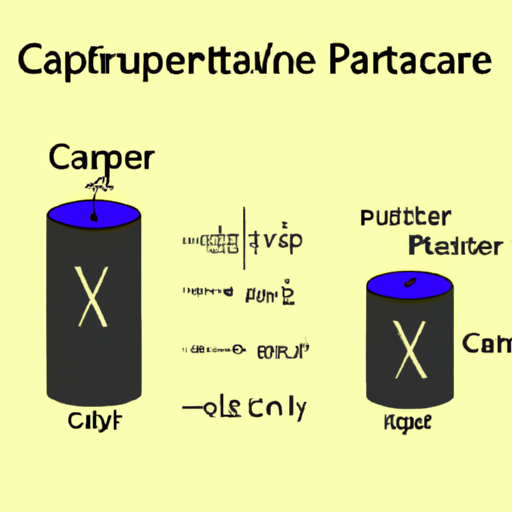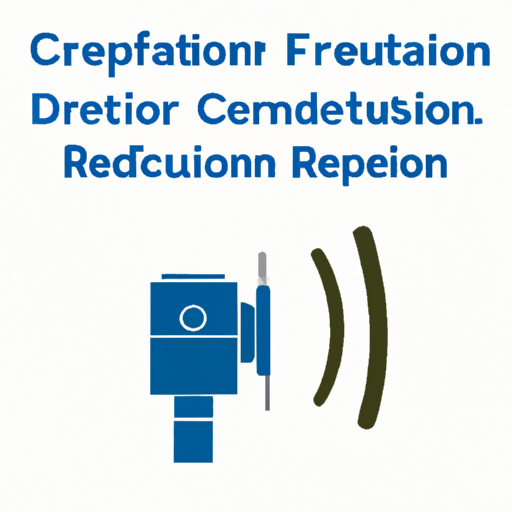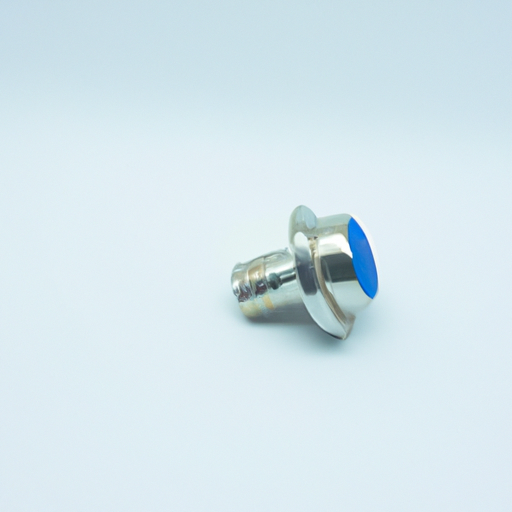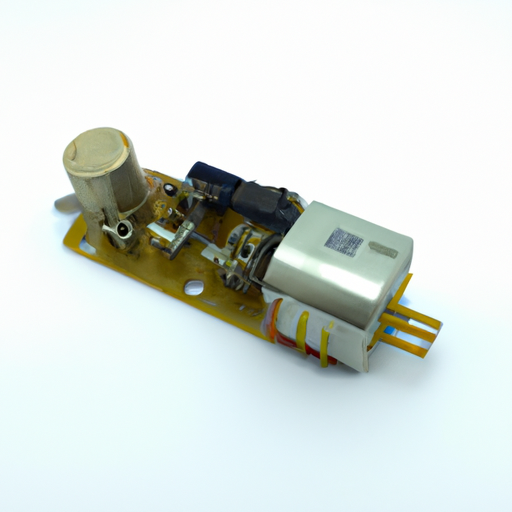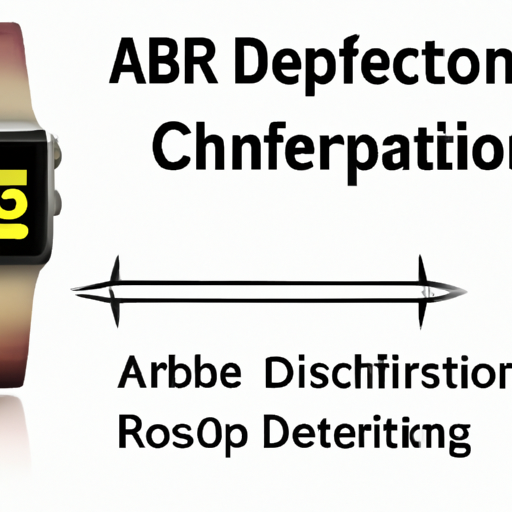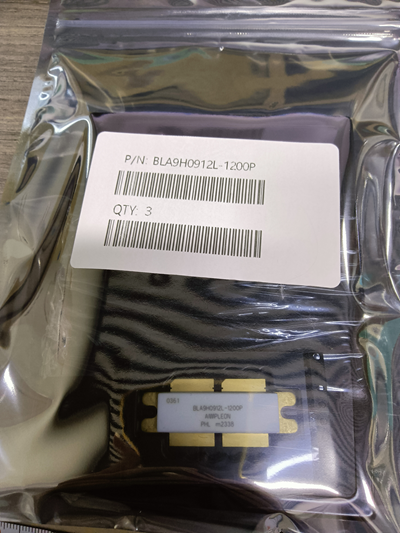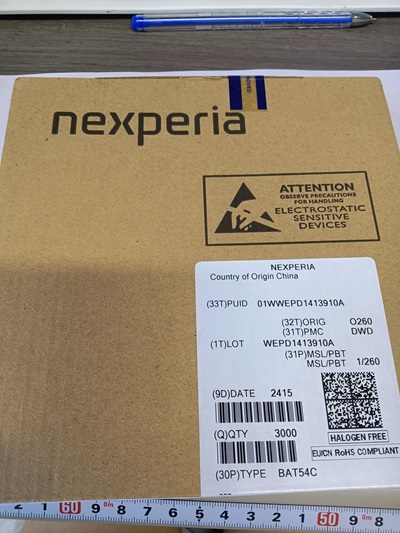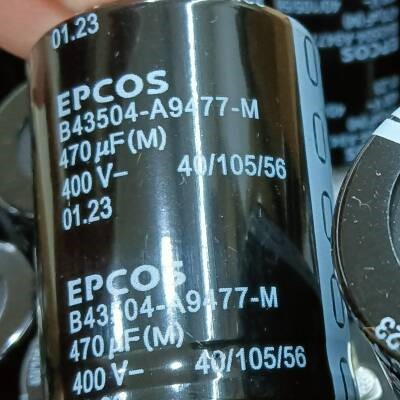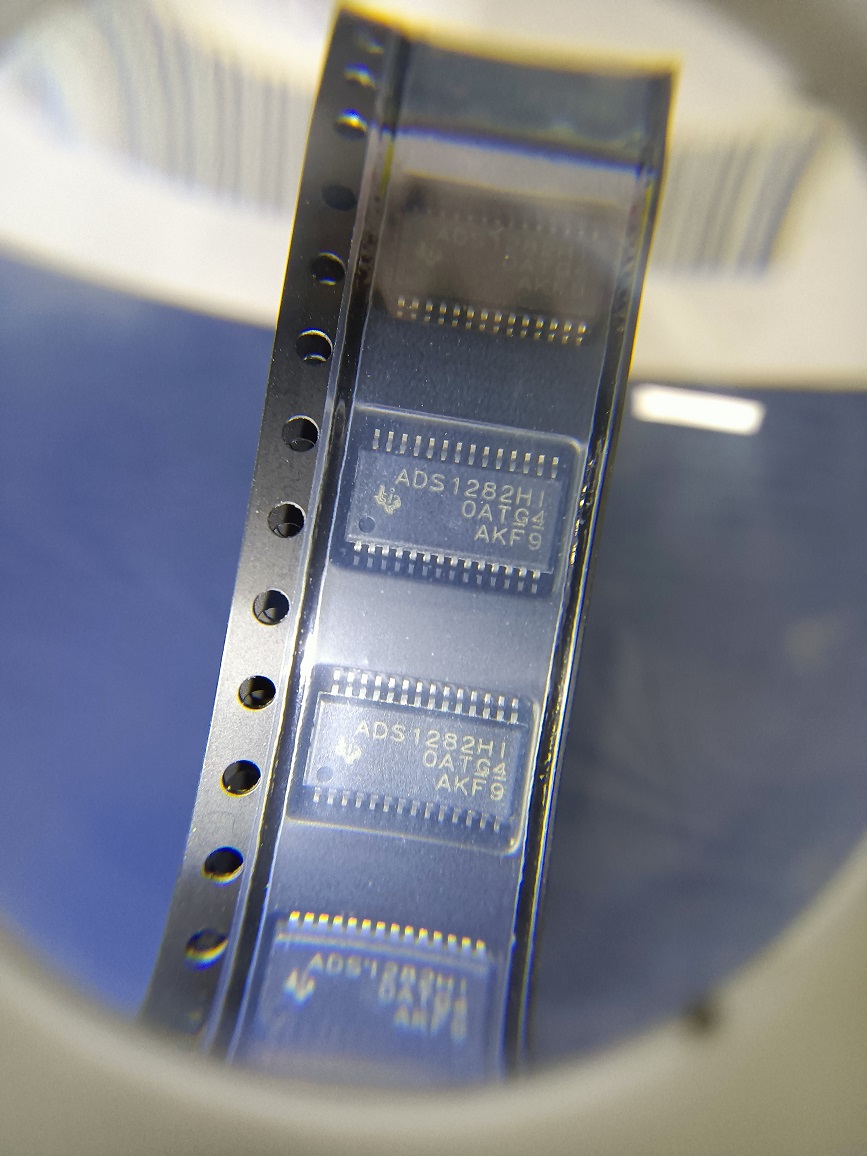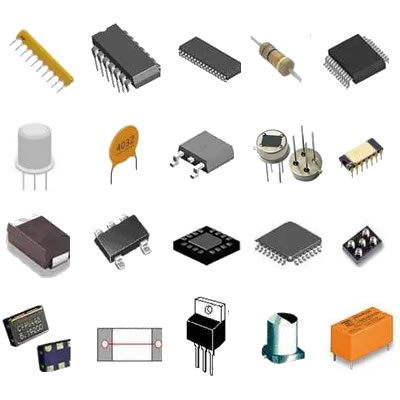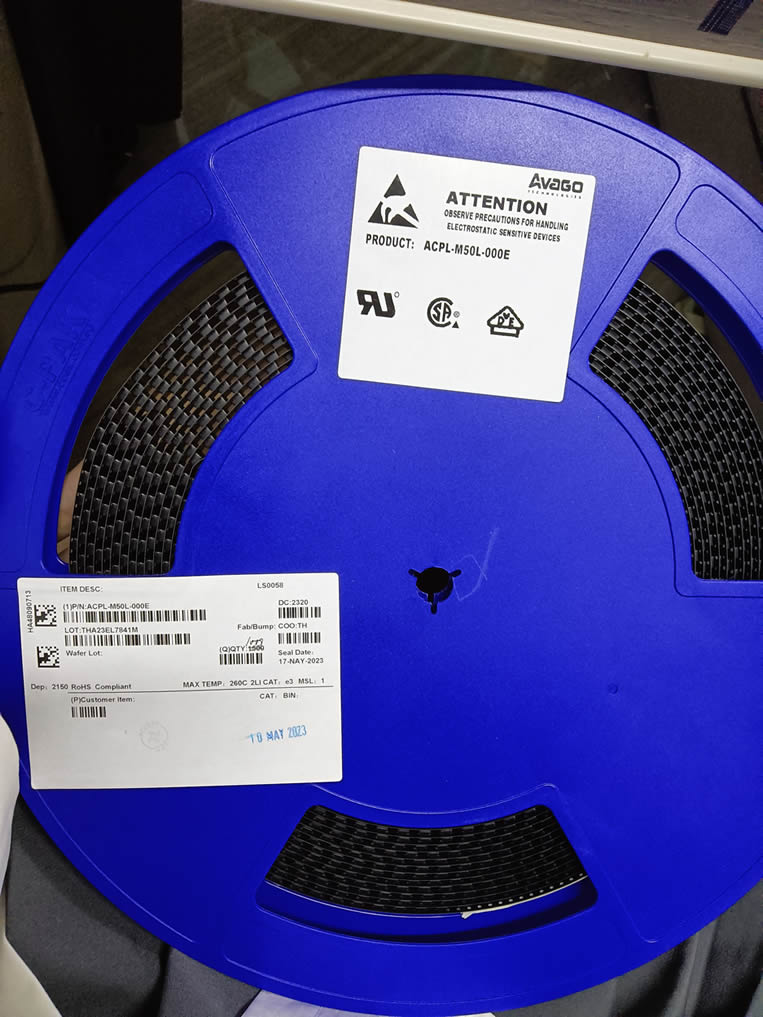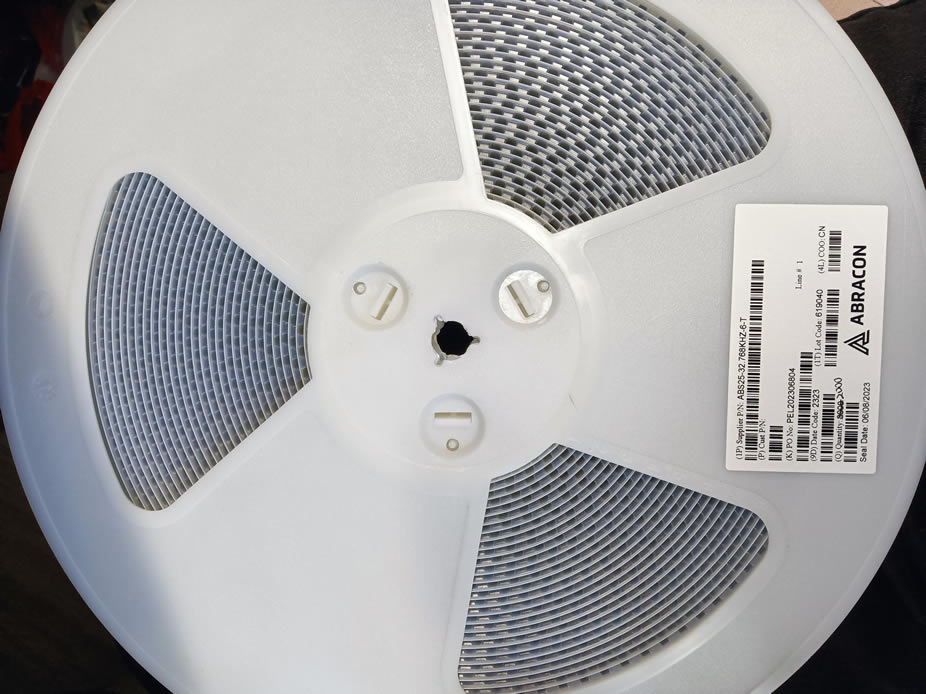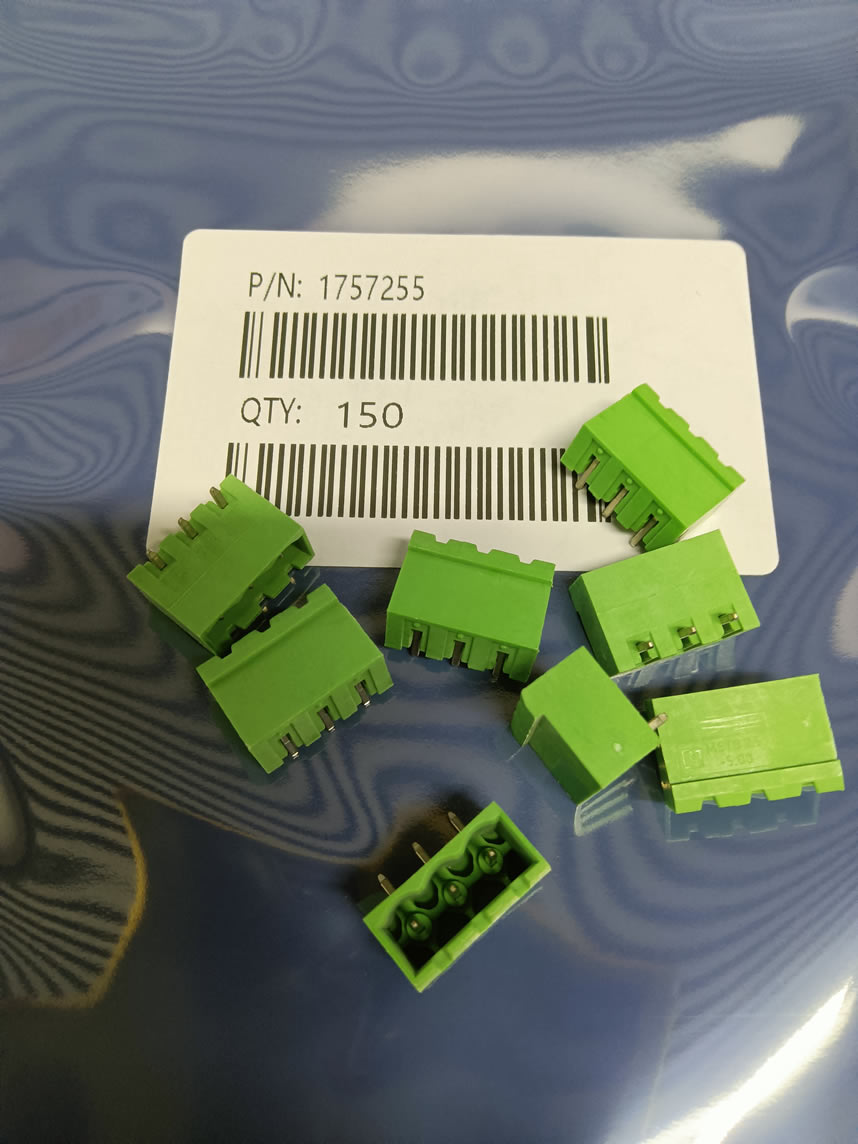An article to help you understand what is the capacitance formula of a capacitor
Understanding the Capacitance Formula of a Capacitor
I. Introduction
Capacitors are fundamental components in electrical circuits, playing a crucial role in the storage and management of electrical energy. These devices are widely used in various applications, from simple timing circuits to complex power supply systems. Understanding capacitance—the ability of a capacitor to store charge—is essential for anyone working with electronics. This article aims to explain the capacitance formula, its derivation, and its applications in real-world scenarios.
II. What is Capacitance?
A. Definition of Capacitance
Capacitance is defined as the ability of a capacitor to store electrical charge per unit voltage. It quantifies how much electric charge a capacitor can hold for a given voltage across its plates. The higher the capacitance, the more charge the capacitor can store.
B. Units of Capacitance (Farads)
The standard unit of capacitance is the Farad (F), named after the English scientist Michael Faraday. One Farad is defined as the capacitance of a capacitor that stores one coulomb of charge at a potential difference of one volt. In practice, capacitors are often measured in microfarads (µF), nanofarads (nF), or picofarads (pF), as most capacitors used in circuits have capacitance values much smaller than one Farad.
C. Factors Affecting Capacitance
Several factors influence the capacitance of a capacitor:
1. **Surface Area of the Plates**: The larger the surface area of the capacitor plates, the greater the capacitance. This is because a larger area allows for more charge to be stored.
2. **Distance Between the Plates**: Capacitance is inversely proportional to the distance between the plates. As the distance increases, the capacitance decreases because the electric field strength diminishes.
3. **Dielectric Material**: The material between the plates, known as the dielectric, affects capacitance significantly. Different materials have different permittivities, which can enhance or reduce the capacitor's ability to store charge.
III. The Capacitance Formula
A. Introduction to the Formula
The basic formula for capacitance is given by:
\[ C = \frac{Q}{V} \]
Where:
- \( C \) is the capacitance in Farads,
- \( Q \) is the charge stored in coulombs,
- \( V \) is the voltage across the capacitor in volts.
B. Derivation of the Formula
To understand the capacitance formula, it is essential to grasp how capacitors store charge. When a voltage is applied across the plates of a capacitor, an electric field is created, causing positive charge to accumulate on one plate and negative charge on the other. The amount of charge \( Q \) that can be stored is directly proportional to the voltage \( V \) applied across the plates. Thus, the relationship between charge, voltage, and capacitance can be expressed as:
\[ C = \frac{Q}{V} \]
This formula indicates that for a given voltage, a capacitor with a higher capacitance can store more charge.
C. Alternative Forms of the Formula
Another common expression for capacitance is:
\[ C = \frac{\varepsilon A}{d} \]
Where:
- \( \varepsilon \) is the permittivity of the dielectric material,
- \( A \) is the area of the plates,
- \( d \) is the distance between the plates.
a. Explanation of \( \varepsilon \)
The permittivity \( \varepsilon \) is a measure of how easily electric field lines can pass through a material. It is a crucial factor in determining the capacitance of a capacitor, as different materials can significantly affect the capacitor's performance.
b. Explanation of \( A \)
The area \( A \) of the plates directly influences the amount of charge that can be stored. A larger area allows for more charge to accumulate, thus increasing capacitance.
c. Explanation of \( d \)
The distance \( d \) between the plates inversely affects capacitance. As the distance increases, the electric field strength decreases, leading to a lower capacitance.
IV. Types of Capacitors and Their Capacitance
A. Overview of Different Types of Capacitors
Capacitors come in various types, each with unique characteristics and applications:
1. **Ceramic Capacitors**: These are widely used due to their small size and reliability. They are often used in high-frequency applications.
2. **Electrolytic Capacitors**: Known for their high capacitance values, these capacitors are polarized and typically used in power supply circuits.
3. **Tantalum Capacitors**: Similar to electrolytic capacitors but with better stability and reliability, tantalum capacitors are often used in compact electronic devices.
4. **Film Capacitors**: These capacitors are known for their stability and low loss, making them suitable for audio and high-frequency applications.
B. Capacitance Values for Different Types
Capacitance values can vary significantly among different types of capacitors. For example, ceramic capacitors may range from picofarads to microfarads, while electrolytic capacitors can reach values in the hundreds of microfarads or even farads.
C. Applications of Various Capacitors Based on Capacitance
The choice of capacitor type and its capacitance value depends on the specific application. For instance, high-capacitance electrolytic capacitors are ideal for smoothing out voltage fluctuations in power supplies, while low-capacitance ceramic capacitors are often used in timing circuits.
V. Practical Applications of Capacitance
A. Role of Capacitors in Electronic Circuits
Capacitors serve several essential functions in electronic circuits:
1. **Energy Storage**: Capacitors can store energy and release it when needed, making them vital in power supply circuits.
2. **Filtering and Smoothing**: Capacitors are used to filter out noise and smooth voltage fluctuations in power supplies, ensuring stable operation.
3. **Timing Applications**: In timing circuits, capacitors work with resistors to create delays, enabling precise control over timing functions.
B. Examples of Real-World Applications
Capacitors are found in numerous applications, including:
1. **Power Supply Circuits**: Capacitors help stabilize voltage and provide energy during peak loads.
2. **Audio Equipment**: Capacitors are used in audio circuits to filter signals and improve sound quality.
3. **Signal Processing**: In communication systems, capacitors are used to filter and shape signals for better transmission.
VI. Measuring Capacitance
A. Tools and Methods for Measuring Capacitance
Accurate measurement of capacitance is crucial in circuit design. Several tools can be used:
1. **Capacitance Meters**: These specialized devices provide direct readings of capacitance values.
2. **Multimeters with Capacitance Measurement**: Many modern multimeters come equipped with a capacitance measurement function, allowing for convenient testing.
B. Importance of Accurate Measurement in Circuit Design
Accurate capacitance measurement ensures that circuits function as intended. Incorrect capacitance values can lead to circuit malfunctions, inefficiencies, or even damage to components.
VII. Conclusion
Understanding capacitance and its formula is essential for anyone involved in electronics. Capacitors play a vital role in various applications, from energy storage to signal processing. By grasping the principles of capacitance, including the factors that influence it and the different types of capacitors available, individuals can make informed decisions in their electronic designs. As technology continues to evolve, the relevance of capacitance in modern electronics will only grow, making it a valuable area of study for engineers and hobbyists alike.
VIII. References
For those interested in further exploring the topic of capacitance and capacitors, the following resources are recommended:
1. "The Art of Electronics" by Paul Horowitz and Winfield Hill
2. "Capacitors: Technology and Applications" by John W. McGowan
3. Academic papers on capacitance and capacitor technology available through IEEE Xplore and other scientific journals.
By delving deeper into these resources, readers can enhance their understanding of capacitance and its critical role in the world of electronics.

